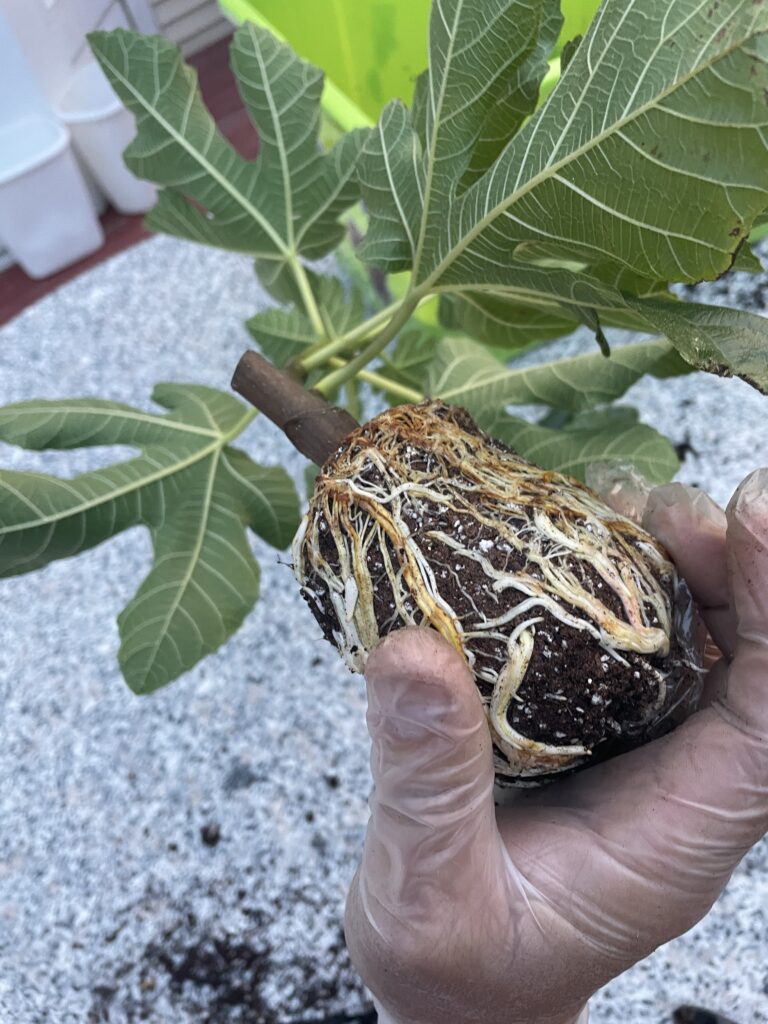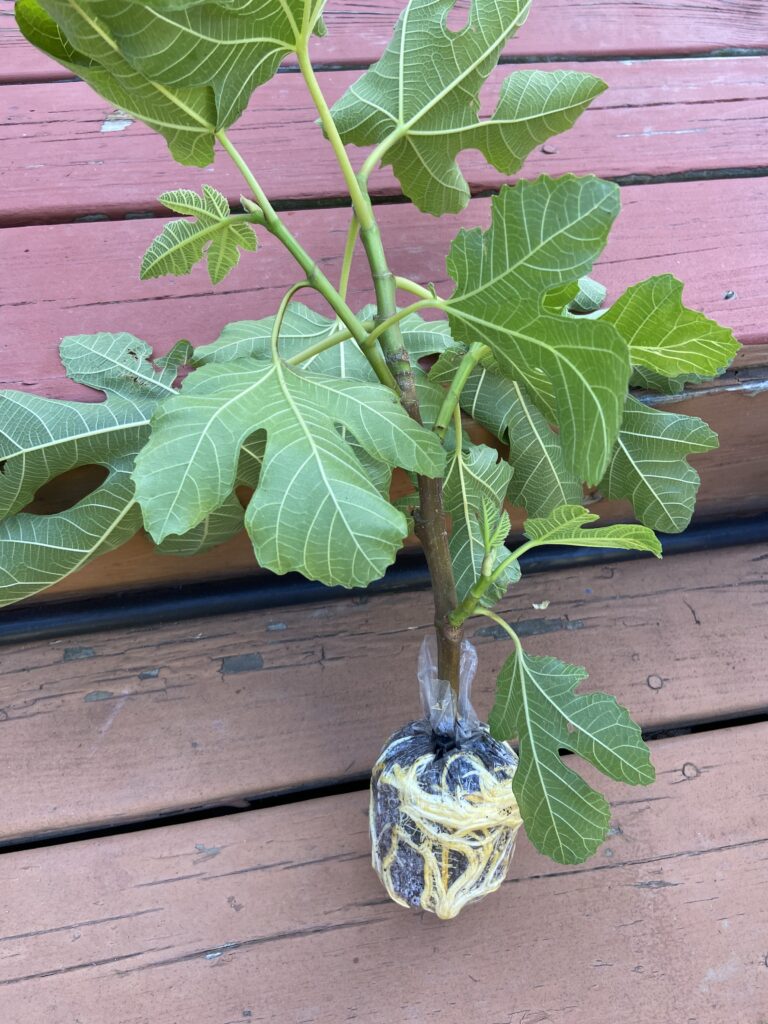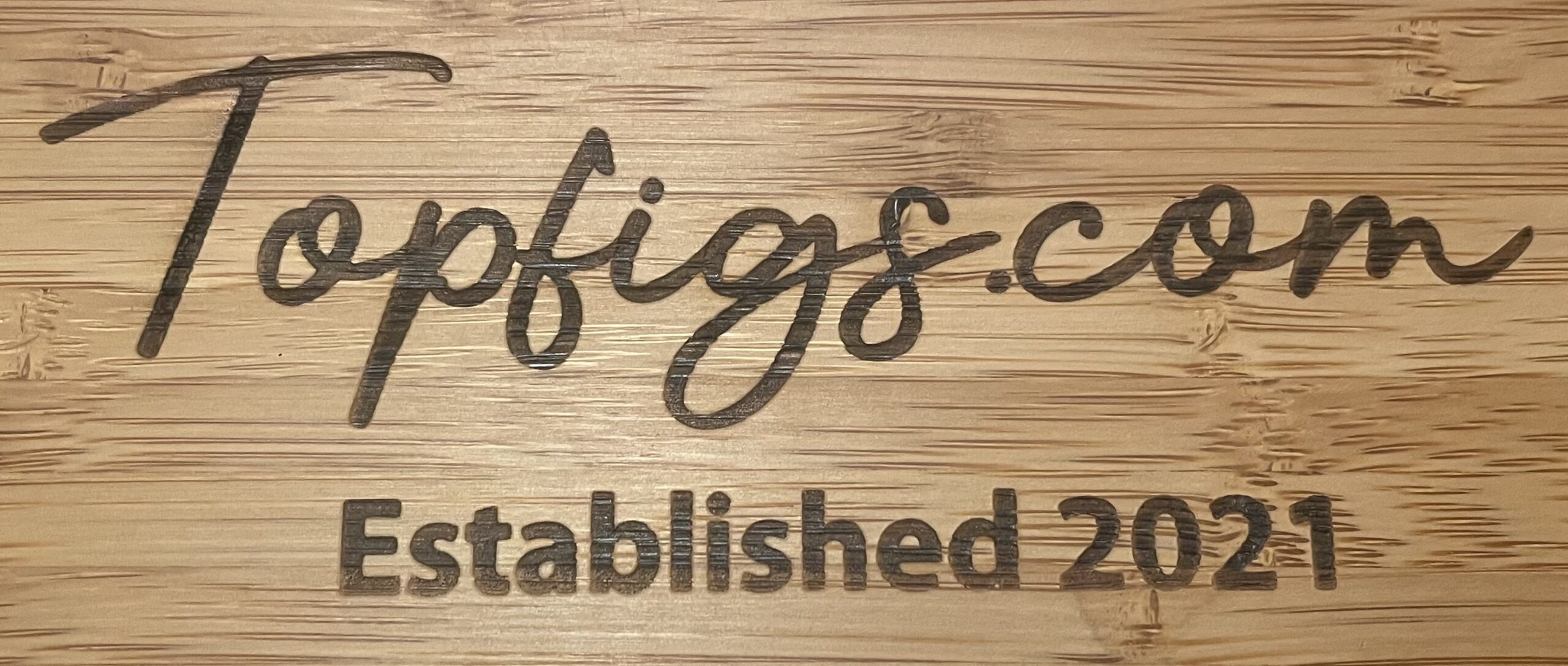Air layering is another method of propagating fig trees, and it can be an effective way to produce a new tree that is genetically identical to the parent plant. Here’s how to air layer a fig tree:


- Choose a branch: Select a healthy branch that is at least one year old and has a diameter of about 1 inch.
- Make a cut: Make a small cut in the bark of the branch about 12 to 18 inches from the tip. The cut should be about 1 inch long and should go all the way around the branch.
- Apply rooting hormone: Apply a small amount of rooting hormone to the cut area.
- Wrap with damp sphagnum moss: Take a handful of damp sphagnum moss and wrap it around the cut area. Make sure the moss is tightly wrapped and secure it in place with plastic wrap or a strip of cloth.
- Wait and monitor: Keep the moss damp by watering it regularly and check for roots after about 4 to 6 weeks. Once you see roots growing through the moss, you can remove the plastic wrap or cloth and cut the branch off below the new root ball.
- Plant the new tree: Plant the rooted branch in a pot or in the ground, and make sure it receives plenty of water and sunlight. Over time, it will grow into a new fig tree.
Air layering is a reliable method for propagating fig trees, but it does require some patience and care. With the right conditions and attention, you can successfully create a new fig tree through air layering.
